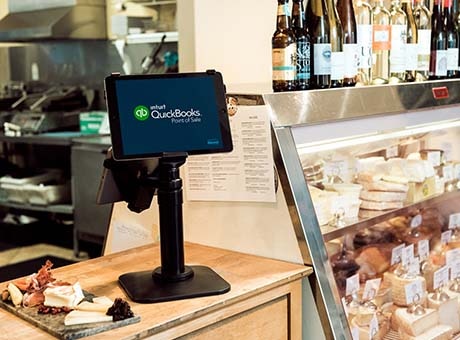Business cooperatives, or “co-ops,” are different than other business models. Much like a credit union, co-ops are designed for and run by the community to which they serve. Decision-making in a co-op tends to be democratic and socially oriented, and members are often both owners and customers.
Co-ops are not run like traditional businesses, and their accounting software should reflect this difference. QuickBooks can help you set up and track your co-op finances, manage all of your member accounts, and prepare your taxes efficiently; after all, the government of Canada recognizes cooperatives as a legally distinct business classification.


